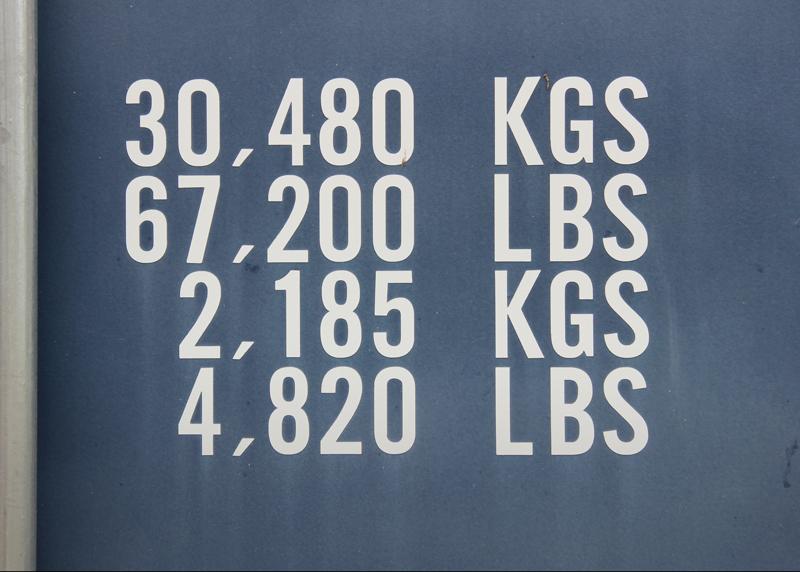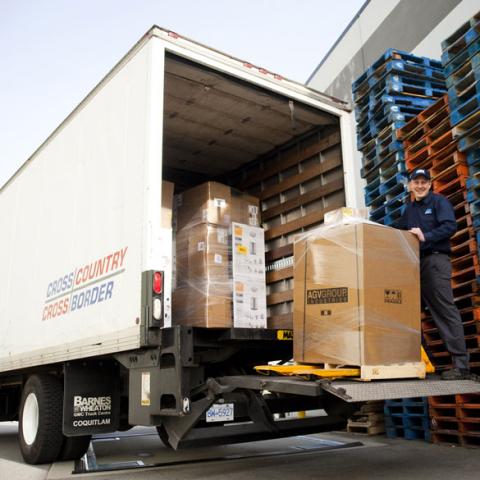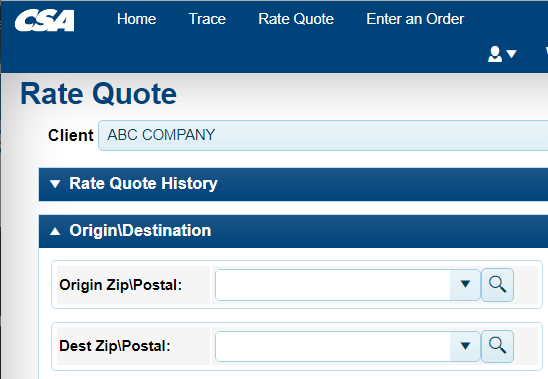What Is Tare Weight?
One of the most critical elements of shipping goods is understanding the various weights involved in the industry. Weight is an essential aspect of determining the price of a shipment, regardless of the transportation method. Knowing what tare weight is will help your company understand Bill of Lading documents and how shipping costs were calculated.
Knowing the differences when comparing tare weight vs net weight vs gross weight will help you master freight shipping for your business. So, what is the tare weight definition?
Tare Weight Defined
The definition of tare weight has to do with the weight of the container which is holding what is being weighed.
You’ve probably wondered what tare weight means if you’ve ever sent a package internationally or tried to pack for a plane trip. For instance, if you’re loading up your luggage with the preconception that you need to keep it under 20lb, then you know that the items you’re hauling cannot account for all 20lbs.
You have to account for tare weight, meaning that your luggage's physical weight needs to be weighed. In this scenario, the tare weight would be the luggage bag without your items. So, if your items weighed 15lb, but the full weight of the bag when backed was 20lb, your tear weight would be 5lb.
Tare weight, otherwise known as unladen weight, is purely the sole weight of the empty container. Industries may also calculate the mass of any packing materials, straps, and boxes. In the shipping industry, the weight of vehicles is often classified as tare weight.
What Is Gross Weight?
Gross weight is the total weight of a package, container, or shipment. Gross means the total of all sums, and in this case, the amount of the various weights without deductions. It includes the weight of the shipped product, packaging, and handling materials. It can also consist of the carrier (truck or car.)
Depending on how the contents are shipped will determine what to to account for with gross weight.
Freight shipped by road will include the product and package and the vehicle in the final gross weight.
If items are transported via air travel, gross weight takes into account the items on hand and the packaging as usual. However, the weight of the aircraft plus any crew and fuel must also be inputted.
Sea freight shipping gross weight is determined by a product’s weight, the packaging, and the tare weight of the container. Crew, fuel, and the vessel are not included in the gross weight.
How Are Tare Weight and Gross Weight Calculated?
Now that we know what tare weight and gross weight are, how are they calculated?
Tare weight is calculated by deducting the gross (laden) weight as well as the weight of any products (net weight), resulting in only the weight of the container(s).
For example:
If you went to the store with a container and intended to purchase a half kilo of raw coffee beans, you'd only want to pay for the raw beans. You wouldn't want to pay an additional 100 grams for the container. Depending on the store, you may be able to zero the scale to account for the box, that way you know you're not paying the tare weight.
Gross weight, on the other hand, is the summation of all weights applicable to the industry or transportation mode
For example:
A clear example of gross weight needs can be found in the U.S.'s Federal Bridge Gross Weight Formula. This formula is necessary because commercial motor vehicles (CMVs) such as tractors, buses, and freight trucks are laden with heavy loads. These large vehicles can cause preventable damage to roads and bridges.
The Difference Between Tare and Gross Weight
For a practical application of the difference between tare and gross weight, envision that a person is purchasing steel in bulk, or around 22 tons. Upon receipt of the shipment, the bill of lading (in some cases a manifest) states that the weight grosses at 25 tons. This is because the bill of lading includes the tare weight.
When making purchases of steel in such large amounts, the three tons of tare weight would cost the buyer thousands of dollars. This arrangement ultimately benefits the seller as the containers aren’t included in the sale.
So, understanding the difference between tare weight and the gross weight is imperative as the shipping containers themselves could significantly affect your bottom line.
Need to Know Info About Tare Weight and Shipping Freight
There are several Federal laws that a fleet company must adhere to when sending their freight trucks on U.S. highways. For instance, the maximum gross weight a truck can legally transport across a U.S. interstate is 80,000 lbs (approximately 36,300 kg.) While interstates are generally under the federal government's domain and it inhibits the altering of weight limits at the state level, each state may have its limitations on their roads. As separate states will have variations on the law when it comes to bridges and roads under its authority, it pays to preplan the freights' routes.
If you’re in need of LTL freight shipping logistics, large or small, contact CSA Transportation. As industry leaders, we offer unparalleled service, no matter the shipping needs of your company.






